In a remarkable vote which will hamstring economic progress in Greenland for some time, that country’s parliament on November 10 passed a bill to ban uranium mining and exploration in the Danish territory. The major thrust of the legislation is to block the Kvanefjeld rare earth and uranium open pit mining project which could contain the largest deposit of rare earth minerals outside China.
A byproduct of rare earth mining is a small amount of radioactive uranium. Specifically, the bill bans exploration of deposits with a uranium concentration of 100 parts per million or more. A deposit with such a threshold is considered very low grade.
Kvanefjeld’s owner, Greenland Minerals Limited (ASX: GGG), has been trying for more than 10 years to bring it back into full operation. Shenghe Resources, a large Chinese rare earths company, owns about 10% of Greenland Minerals.
Given the seemingly unlimited demand for many rare earth minerals, which play a key role in electric vehicles and in the aerospace/defense industry, the parliament’s decision is grounded not in economics, but politics. Note the price movement in Neodymium (Nd), one of the most important rare earth elements, just this year.
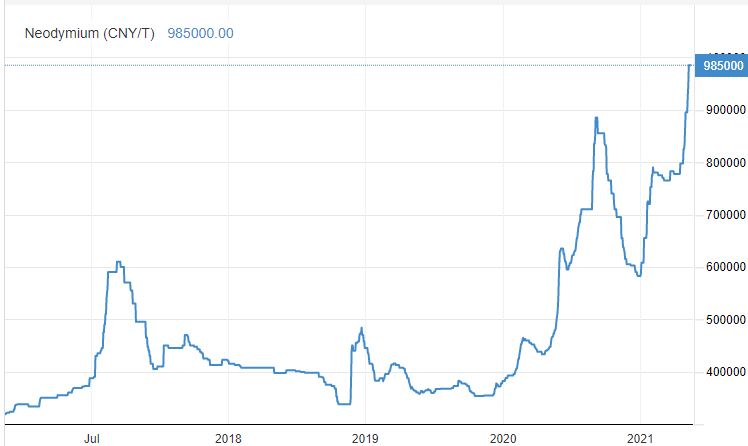
In a snap parliamentary election on April 6, Greenland’s left-leaning, pro-environment Inuit Ataqatigiit (IA) Party won the largest percentage of the vote, 37%, and secured 12 of the 31 seats in the Greenlandic National Assembly. The IA Party subsequently formed a coalition government which has focused on promoting Greenland as environmentally responsible.
Greenland’s economy is based on fishing and subsidies from Denmark. Two mines are currently operational there: an anorthosite mine and a ruby/pink sapphire mine. A key use for anorthosite is a replacement for kaolin, a clay mineral, used in the production of E-glass fiberglass.
Beneficiaries of Greenland’s (short-sighted?) action would be established players in the rare earth space such as Energy Fuels Inc. (TSX: EFR). In July, Energy Fuels shipped the first 20 tonnes of a mixed rare earth elements carbonate that it produced at its White Mesa Mill in Blanding, Utah to Neo Performance Materials’ rare earth separation facility in Estonia where high value rare earth oxides (REOs) will be produced. Energy Fuels’ actions and initiatives could allow western companies and governments to begin sourcing mixed rare earth carbonate and separated oxides from a friendly and reliable source other than China.
A company with existing Greenland mining operations like Hudson Resources Inc. (TSXV: HUD) could be negatively affected, as investor confidence in the government’s ongoing treatment of the mining industry has to be shaken. A pre-revenue mining and exploration company with a sole focus on Greenland, Hudson Resources owns 33% of the White Mountain anorthosite (calcium feldspar) mine. Hudson also owns 100% of the Sarfartoq carbonatite exploration project which contains Nd and a high-grade niobium project.
The Greenland coalition government’s actions perhaps makes sense to its supporters, but it will ultimately limit the production of valuable REO available to western companies. Among other current participants in the rare earth industries, Energy Fuels likely stands to benefit from the action.
Information for this briefing was found via Edgar and the companies mentioned. The author has no securities or affiliations related to this organization. Not a recommendation to buy or sell. Always do additional research and consult a professional before purchasing a security. The author holds no licenses.

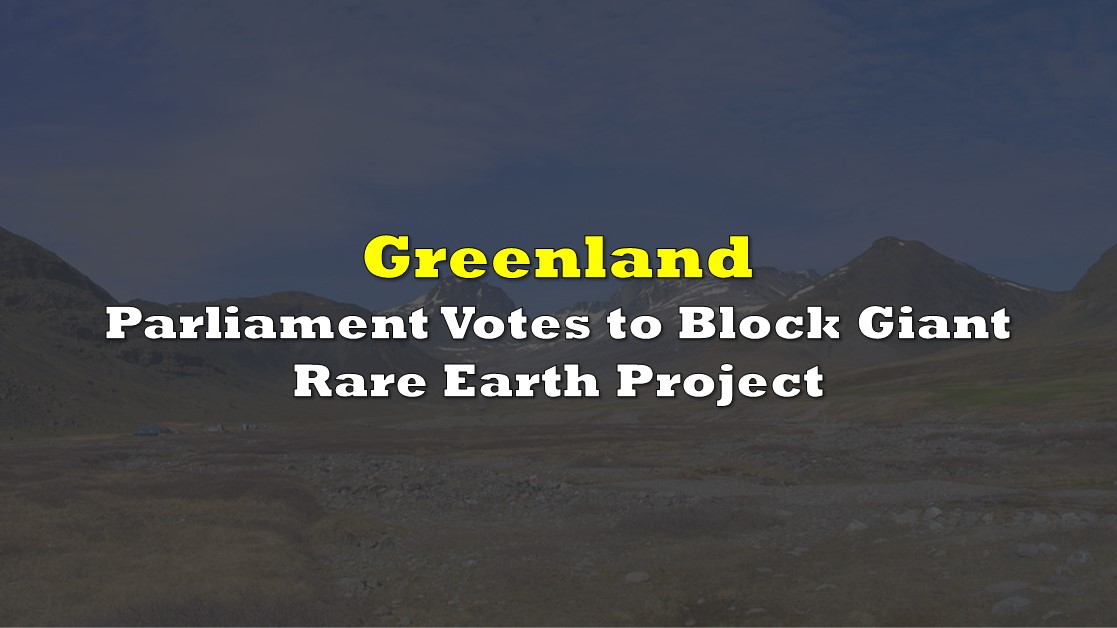



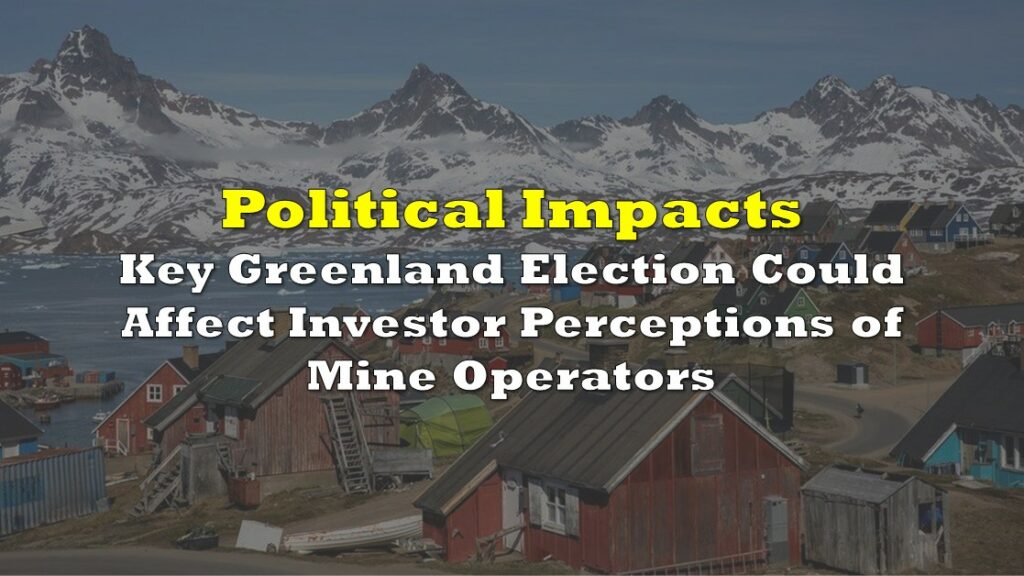
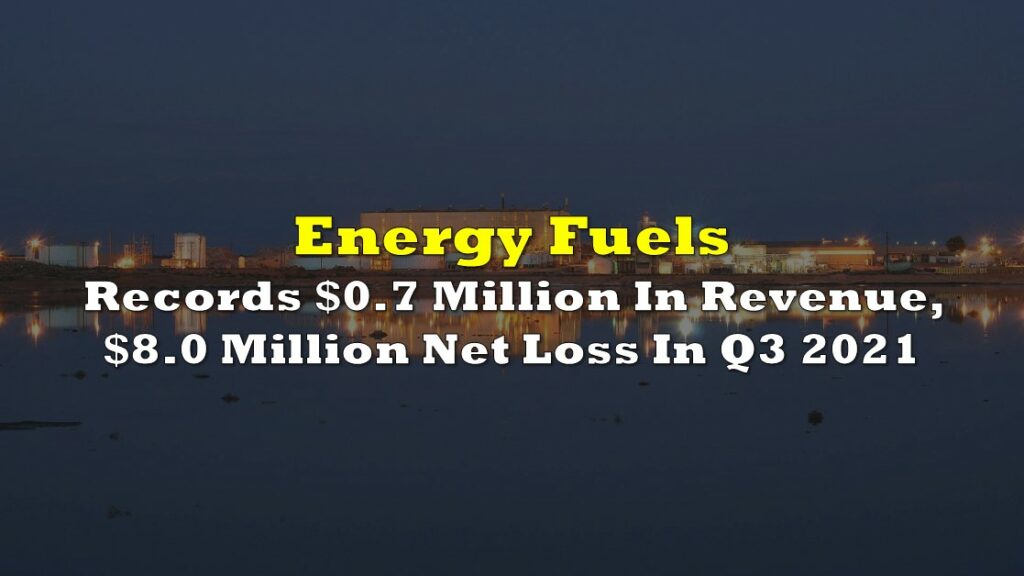
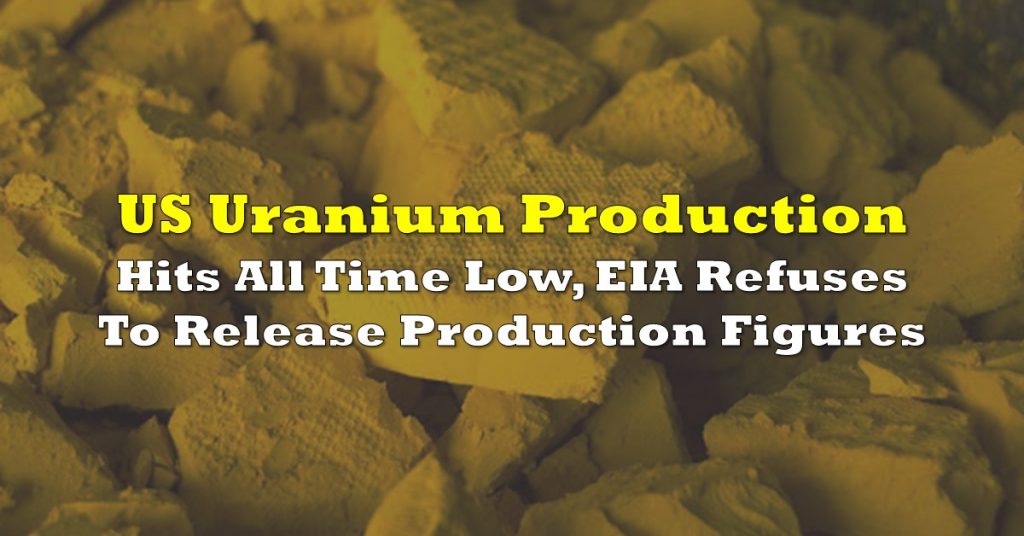
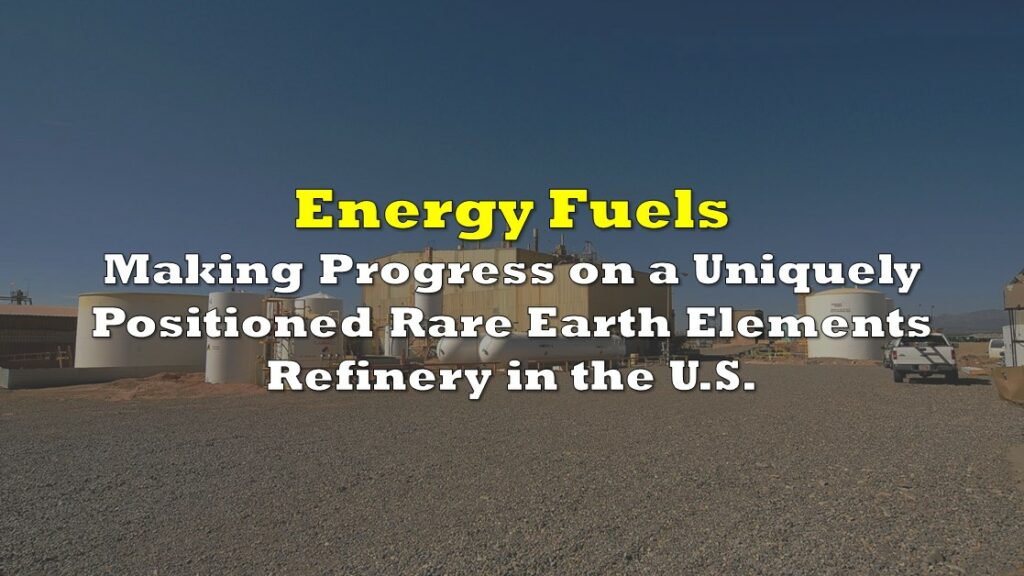
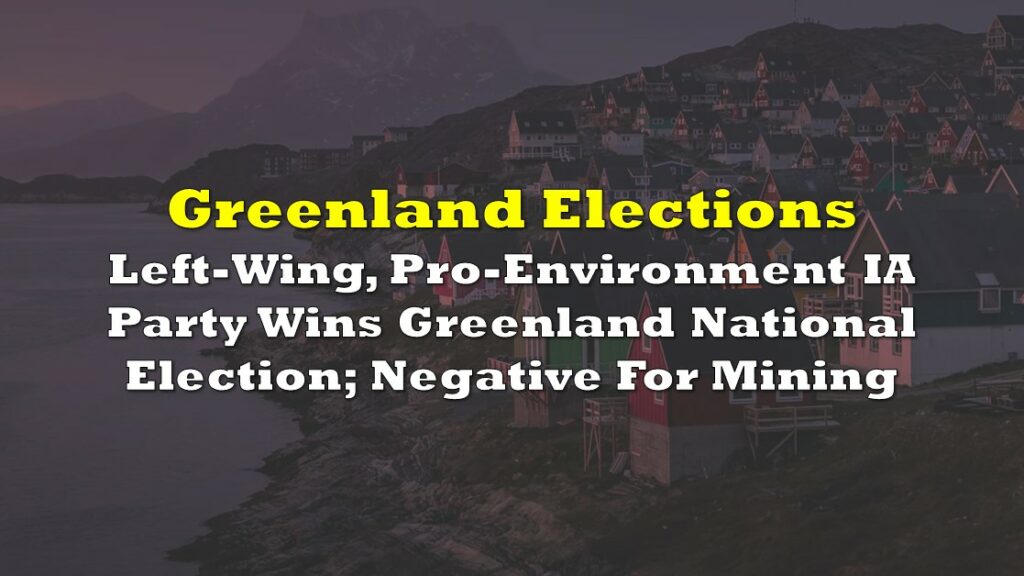
One Response
Not sure I would use the word ‘beneficiaries’ in relation to this recent Greenland action. Nobody has factored in any REE supply from Greenland Mins’ as it was likely bound for Shenghe/China in several years time. Also, there are numerous other RE deposits in the ROW that will fill any theoretical gap that GM might have provided. Further, I would not describe Energy Fuels as an established player in the RE sector, as they only just entered this year and are a private move in the sector, not strategically backed as for example, Lynas, MP, REEMF and ASM are (although this may yet happen). However, the private Tanbreez with a RE project in Greenland is the more likely beneficiary of this recent RE move.